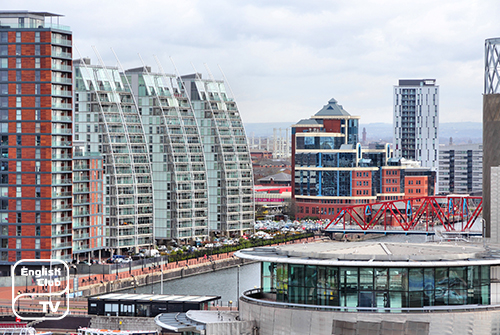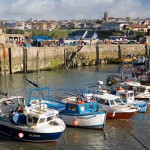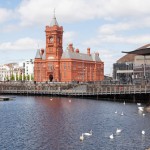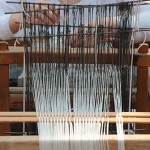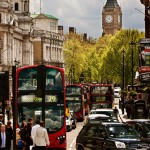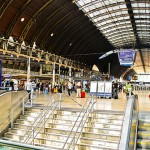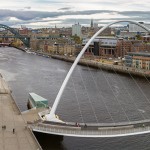The Salford Town in Greater Manchester of England includes cities of Pendlebury, Eccles to Swinton, and Iream. Except for Iream, all the other cities boast a population of over 35,000. Altogether the city houses over 218,000 people, and the Salford Civic Centre headquartered in Swinton administers the region.
Boundaries of Salford town
The Local Government Act has demarcated the boundaries of the Salford. Accordingly, the River Irwell runs along its south-east side lining the Manchester city boundary. The Manchester Ship Canal separates the town from Trafford from the Southside. Its West side has three cities, Wigan, Bury and Bolton thus providing its Western boundary.
History of Salford town
Since the Neolithic Age, Salford has been a populated area. History says that Salford and its suburbs have seen over 250 large buildings amidst them and one of them is the Salford Cathedral. The Industrial Revolution put the textile industry to the forefront and Salford received city status in 1926. In the 20th century, industries in Salford saw a decline. However, from 1990, the city authorities carried out extensive development activities which improved the areas such as Salford Quays and the region around Salford University.
Salford town City Council
Established in 1974, the City Council of Salford controls the local government district. The Greater Manchester County Council provided administrative support for the city council until 1986. The Council is headquartered in the Swinton Town Hall building. For most part of the past, the Labour Party has held the power of the council, and they have passed most of the laws of its constitution.
Salford town: ‘Three Star’ rating
An audit commission assesses the revenue of the council. The affairs of the Council towards the benefit of the local people have appreciated in recent past by awarding the council the status of ‘three star’ which denotes that the council was performing well and over the level that the authorities expect them to achieve. The District of Salford comprises of two parts: West Salford and Central Salford for the purpose of making it easier for its planning, regeneration and housing.
Salford town: Religions
The Census carried out in 2001 shows that 76.5 percent of the population in Salford area consists of Christians. About 2.4 percent of the people are Jewish while 1.2 percent follows the Muslim faith. Salford has a very limited population of Hindus, Sikhs, and Buddhists. The Roman Catholic Diocese and the Church of England Diocese of Manchester lead the Catholic spiritual affinity of people in Salford. The church boasts the top building (Grade 1) in Salford, and they include St. Augustine’s Church, Pendlebury (founded in 1874), the Church of St Mary the Virgin, Eccles (Founded in the 13th century), and St Mark’s Church, Worsley (Founded in 1846).
Salford town: Sports
Salford boasts a few famous sports teams. Of them, Salford Red Devils have been the rugby champion six times. In 1983, they clinched the Challenge Cup and in 2008, the Northern Rail Cup held at Blackpool outclassing Doncaster in the final. Swinton Lions also clinched the championship like the Rugby Football League Championship six times. They have also secured the Challenge Cup three times. Amongst the other sports teams in Salford, are the Broughton Rangers, Salford City Roosters, Manchester Football League, and Salford City F.C. that hold excellent reputations.


